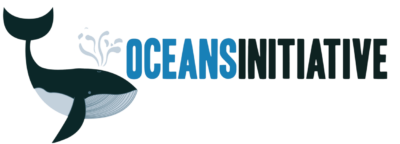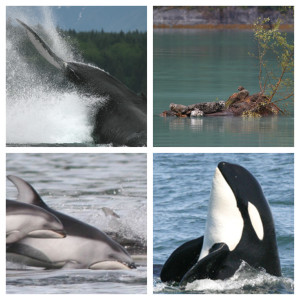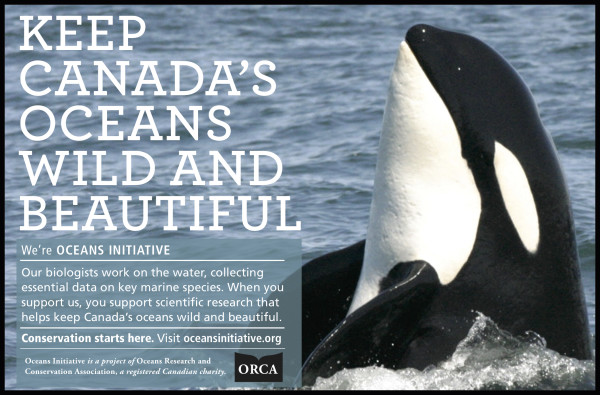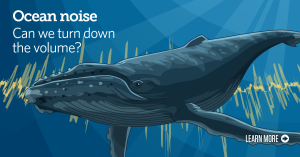Did you know two species of river dolphin live in the Amazon? The pink one is called boto, or Inia; the grey one is called tucuxi, or Sotalia. Both are gorgeous, ancient species that have become adapted to live their entire lives in freshwater. They are also incredibly tough to spot in muddy waters, and have a cryptic behaviour that makes them difficult to count.
That’s a problem, because a key task in conservation science is knowing whether a species is increasing or decreasing.
We partnered with scientists at Fundación Omacha, University of St Andrews & NOAA to survey river dolphins in a stretch of the Amazon at the border of Colombia & Peru. Using some simple field methods [learn more about our small-boat survey toolkit here] & fairly sophisticated analytical methods, we found that tucuxi is likely to be stable or increasing, but boto are likely to be declining.
Our findings are worrisome, given reports from Brazil that there is a major problem with deliberate killing of boto for bait in a lucrative catfish fishery. Our next steps are to (a) continue surveys withFundación Omacha to improve our understanding of seasonal and annual trends; and (b) work with Dr Fernando Trujillo (founder of Omacha) to identify solutions. If poaching is the problem, we can work toward finding alternative sources of fish bait. Dr Trujillo points out that more than 150 major hydroelectric dams are proposed for Amazonia. These would fragment dolphin habitat, and our research shows that we have very low statistical power to detect declines — possibly until they become irreversible.
Want to learn more?
Please check out our video describing the project and showing the animals swimming through flooded rainforest (underwater footage courtesy BBC Natural History Unit). Science Magazine wrote a news article describing our work — a first for our team. And of course, let us know if you’d like to read the original, technical paper published in Biological Conservation.




